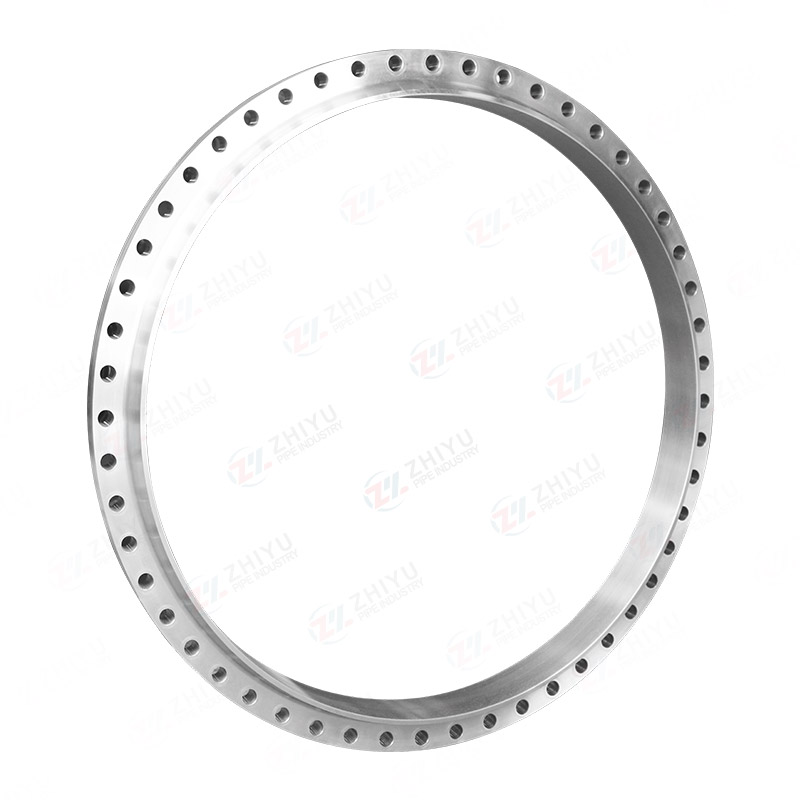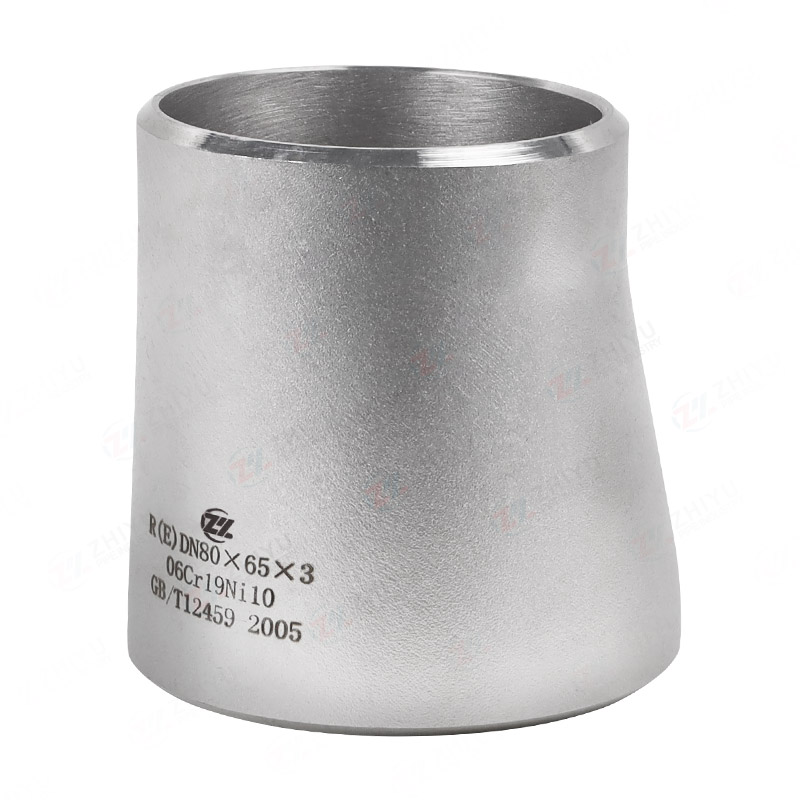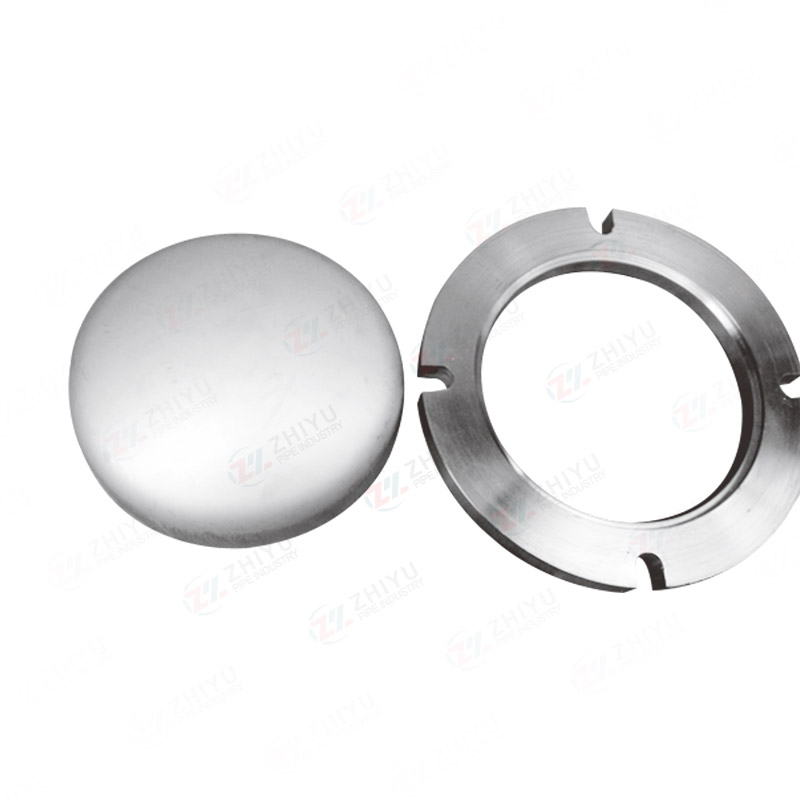Introduction to ASME B16.11 Socket Welded Pipe Components
Socket welding refers to a pipeline connection method in which pipes are inserted into the embedded wall of valves, fittings, or flanges for welding. Compared to butt welding, socket welding is usually used for small diameter pipes 2 inches and below.
Socket welding uses fillet welds. When high structural strength requirements and high leakage risks become design considerations, socket welded joints are a better choice.
The fatigue strength of socket welded joints is lower than that of butt welded joints due to the use of fillet welds and steep changes in geometric structure. However, socket welded joints are still superior to other mechanical connection joints.
Socket welded pipe fittings are a set of high-pressure pipe fittings used in various industrial production processes. Its characteristics are:
1) Used for conveying non leaking flammable media, toxic or expensive media, and steam from 300PSI to 600PSI.
2) Only connected to ASME pipes with the same diameter.
3) Used for long-term operation of pipelines and providing good flow characteristics.
4) Its material is ASTM material, and its manufacturing standard is ASME B16.11. B16.11 includes pressure temperature ratings, dimensions, tolerances, identification, and material requirements for carbon steel, stainless steel, and alloy steel. The material forms that can be selected are forgings, round rods, and seamless pipes. The commonly used materials are ASTM A105, A182, or A350.
5) There are three pressure levels for socket welded pipe fittings: Class3000, 6000, and 9000.
Type, pressure rating, size range, and piping wall thickness grade of socket welded fittings
Advantages of socket welded fittings
1) The pipeline does not need to be pre beveled.
2) There is no need to calibrate spot welding, as the fittings themselves serve the purpose of calibration.
3) The welding material will not penetrate into the pipeline hole.
4) It can replace threaded fittings, thus reducing the risk of leakage.
5) Corner welds are not suitable for radiographic testing, therefore correct pipe fittings and welding are crucial. Magnetic particle testing and penetration testing are commonly used for surface inspection of corner welds.
6) The construction cost is usually lower than that of welded joints. The reason is that there is no need for groove assembly and groove prefabrication.
Disadvantages of socket welded pipe fittings
1) Welders must ensure a welding expansion gap of 1.6mm between the pipeline and socket shoulder during welding.
2) The presence of cracks within welding gaps and socket welds reduces the corrosion or radiation resistance of pipelines. When solid particles accumulate at the socket welding joint, it may cause malfunctions in pipeline operation and maintenance. In this case, it is usually required to use fully welded butt welds throughout the entire pipeline.
3) Socket welding is not suitable for the ultra-high pressure food industry. Due to its incomplete penetration, overlapping and cracks are left, making it difficult to clean and resulting in false leaks.

 Language
Language Chinese
Chinese







